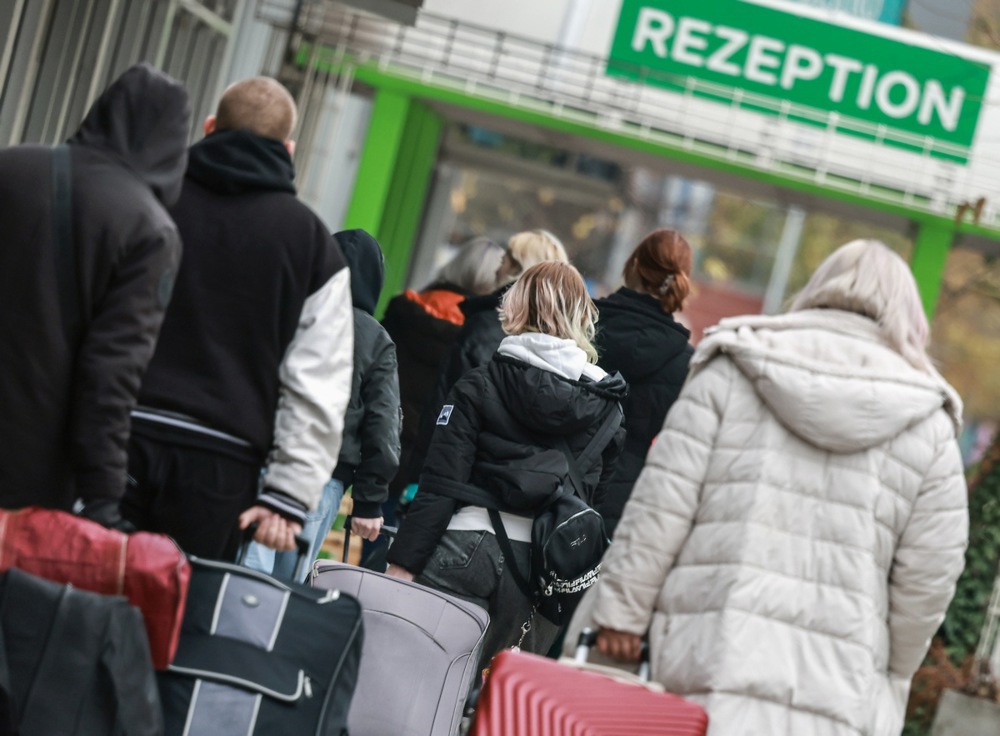Germany has undergone a profound demographic transformation over the past two decades.
Since 2005, the country has seen a net loss of more than 1 million German nationals, while simultaneously welcoming 8.7 million more foreign nationals, according to data from the Federal Statistical Office (Destatis) and migration records spanning almost 20 years, news outlet nius reported.
This shift marked a reversal of long-standing historical trends.
From the post-war period until 2005, Germany typically saw more Germans returning home than leaving.
Since 2005, though, that pattern has flipped. About 4.3 million Germans have emigrated, while only 3.3 million have returned, creating a net outflow of just over 1 million people.
At the same time, 23.5 million foreigners have immigrated, while 14.8 million left the country, resulting in a net foreign migration gain of 8.7 million.
These developments have significantly changed the face of Germany: Foreigners now make up 14.8 per cent of the population, or one in seven, compared to just under 9 per cent two decades ago.
The profile of German emigrants added another layer of concern for many. Those leaving tended to be between 25 and 40 years old, often with much needed higher levels of education and professional training.
The most popular destinations were Switzerland, Austria, the USA, Spain and France.
By contrast, the foreign nationals arriving in Germany often differed markedly in qualifications and demographics.
While many brought youth and potential labour force participation, integration challenges persisted, particularly around language, employment and education.
In 2024 alone, the Federal Statistical Office noted in a press release on its latest numbers, issued on June 24, Germany recorded a net migration gain of 430,000 people, down from 663,000 in 2023.
This decrease reflected changing international dynamics, particularly a drop in asylum-related migration. Net migration from Syria, Turkey and Afghanistan all declined sharply compared to the previous year.
Ukraine remained the top country of origin, with net immigration steady at 121,000, despite both arrivals and departures declining year-over-year.
Destatis also reported a reversal with European Union countries: For the first time since 2008, net migration with EU member states turned negative.
More people left Germany for other EU countries than arrived. Notably, net migration from Poland dropped from plus 15,000 to minus 11,000 and Romania shifted from plus 16,000 to minus 5,000.
The losses were mainly due to fewer arrivals than in the previous year.
Meanwhile, within Germany, the internal migration winners were Brandenburg, Bavaria and Schleswig-Holstein, each gaining several thousand residents. Berlin and several western States saw net population losses.
The top sources of foreign net migration in 2024, after Ukraine, included Syria (75,000), India (41,000), Turkey (41,000) and Afghanistan (33,000).
Over time, many foreign residents become German citizens. Between 2005 and 2024, around 2.3 million people were naturalised, shifting statistically from the “foreigner” category to the “German” one.
In 2024 alone, approximately 300,000 naturalisations were recorded. Between 2005 and 2024, almost 2.3 million people were naturalised.
Next to this demographic transition, the German population continued to age, with the number of 60 to 79-year-olds increasing by 416,000, leading to 30.5 per cent of the population being more than 60 years old.
As Germans have fewer and fewer children, the relative presence of young people with a foreign background would likely only grow stronger over time, experts said.





